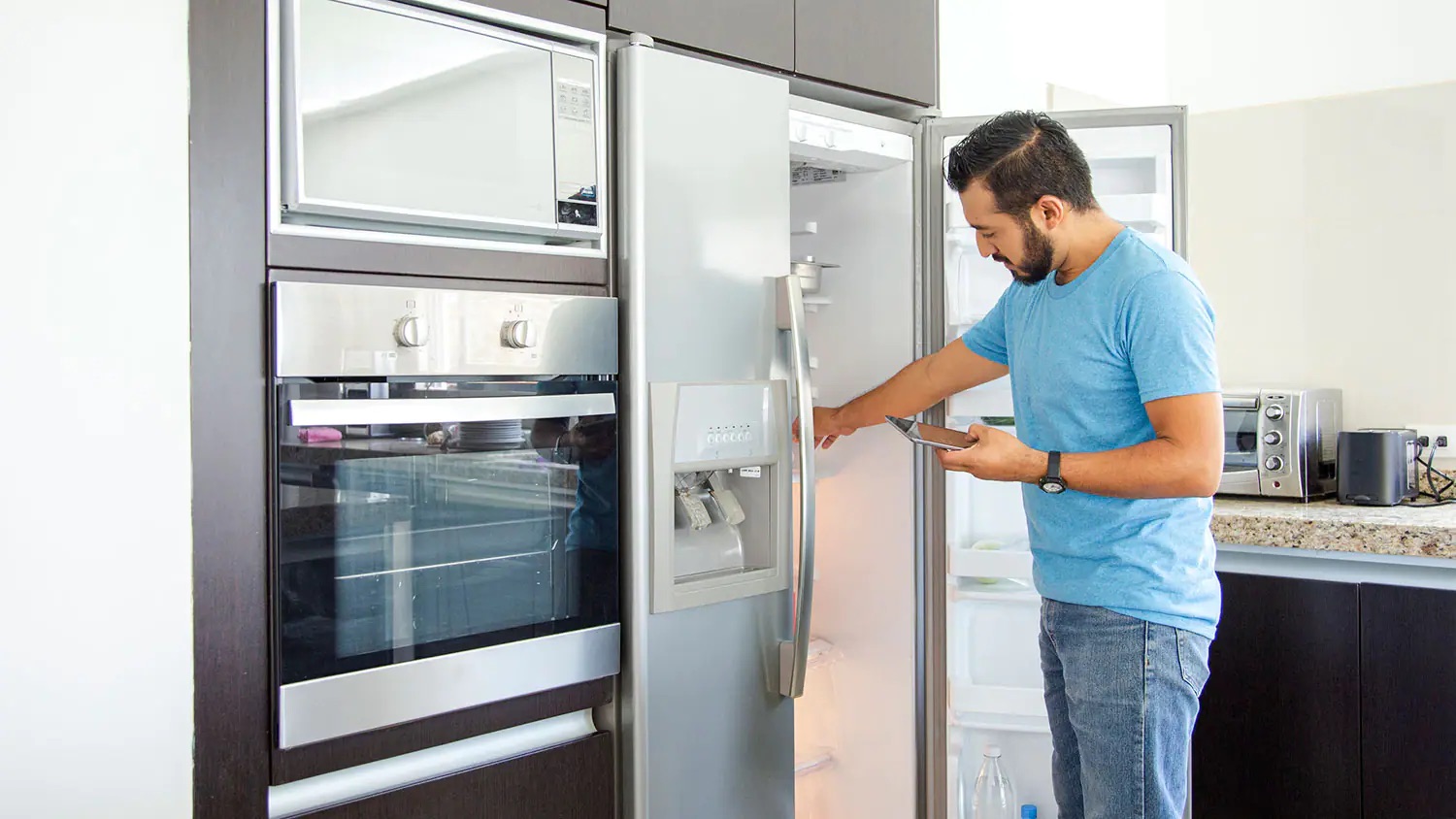

Articles
What Is The Standard Refrigerator Size
Modified: October 20, 2024
Learn about the standard refrigerator size and find helpful articles with tips and information on choosing the right size for your needs.
(Many of the links in this article redirect to a specific reviewed product. Your purchase of these products through affiliate links helps to generate commission for Storables.com, at no extra cost. Learn more)
Introduction
Choosing the right refrigerator size is a crucial decision when it comes to furnishing your kitchen. A refrigerator serves as the cornerstone of your food storage and preservation needs, so finding the right size is paramount. Whether you are a small household or a large family, understanding the different standard refrigerator sizes available on the market can help you make an informed choice.
In this article, we will explore the factors to consider when choosing a refrigerator size and discuss the common standard sizes as well as options like compact, counter-depth, and built-in refrigerators. By the end, you will have a better understanding of how to select the perfect refrigerator size to meet your specific needs.
Key Takeaways:
- Consider your available space, storage needs, and future plans when choosing a refrigerator size. Whether it’s standard, compact, counter-depth, or built-in, finding the perfect fit ensures functionality and satisfaction for years to come.
- Evaluate your kitchen layout and energy efficiency needs to make an informed decision. Anticipate future changes and weigh your options to find the ideal refrigerator size that enhances both functionality and aesthetics.
Read more: What Size Is A Standard Dishwasher
Factors to Consider When Choosing a Refrigerator Size
When determining the ideal refrigerator size for your home, there are several factors to consider:
- Available Space: Measure the dimensions of the space where the refrigerator will be placed. Consider both the width and height as well as any constraints such as cabinets or walls that may limit the size.
- Storage Needs: Evaluate your storage needs based on the size of your household and your typical grocery shopping habits. Consider factors such as the number of family members, the types of perishable items you frequently purchase, and any special requirements like space for bulk items or a dedicated freezer section.
- Food Organization: Think about how you like to organize your food. Consider the number and size of shelves, drawers, and compartments that will be necessary to accommodate your preferred organization system.
- Energy Efficiency: Consider the energy efficiency of the refrigerator. Larger refrigerators tend to consume more energy, so finding the right balance between size and energy consumption is important for reducing your environmental footprint and utility costs.
- Future Needs: Anticipate any future changes that may impact your refrigerator needs. Are you planning to expand your family? Will you be moving to a new home soon? Considering potential future needs can help you make a more informed decision.
By taking these factors into account, you can narrow down the options and choose a refrigerator size that aligns with your specific requirements and preferences. Let’s now explore the common standard refrigerator sizes available on the market.
Common Standard Refrigerator Sizes
Standard refrigerator sizes typically range from 28 to 36 inches in width, 62 to 70 inches in height, and 28 to 34 inches in depth. These sizes may vary slightly depending on the manufacturer and model. Here are some of the most common standard refrigerator sizes:
- Top Mount Refrigerators: These are the most traditional and common refrigerator models, featuring the freezer on top and the refrigerator compartment below. They usually range from 28 to 33 inches in width.
- Bottom Mount Refrigerators: With the freezer compartment located at the bottom, these models typically offer better accessibility to the refrigerator section. They also come in various widths ranging from 28 to 33 inches.
- Side-by-Side Refrigerators: These models split the refrigerator and freezer compartments vertically, providing equal space on both sides. The width can range from 32 to 36 inches or more, allowing for ample storage in each section.
- French Door Refrigerators: Featuring two narrow doors on top and a freezer drawer at the bottom, French door refrigerators offer a spacious and organized layout. They usually range from 30 to 36 inches in width.
In addition to these common sizes, it’s important to note that some manufacturers offer variations within these categories, including wider or slimmer options to accommodate different kitchen layouts and storage needs.
While standard refrigerator sizes are an excellent starting point, it’s essential to evaluate your specific requirements to determine the ideal size for your household. Let’s explore additional options that may suit your needs even better.
Compact Refrigerator Sizes
If you have limited space or specific needs, compact refrigerators can be a great option. These smaller-sized refrigerators offer convenience and flexibility in various settings. Here are some common compact refrigerator sizes:
- Mini Refrigerators: Often found in dorm rooms, offices, or small apartments, mini refrigerators are compact and portable. They typically range from 1.7 to 4.4 cubic feet in capacity.
- Undercounter Refrigerators: These compact refrigerators are designed to fit seamlessly under countertops, providing easy accessibility. They come in various sizes, ranging from 4 to 6 cubic feet.
- Freezerless Refrigerators: If you have a separate freezer or have limited need for frozen food storage, a freezerless refrigerator can be a suitable choice. These models typically range from 4 to 15 cubic feet in capacity.
Compact refrigerators are ideal for small households, personal use, or as additional storage options in spaces like garages or game rooms. They offer convenience without taking up too much space. However, it’s worth considering your specific needs and the available storage capacity before opting for a compact refrigerator.
Now that we’ve explored standard and compact refrigerator sizes, let’s delve into another popular option: counter-depth refrigerators.
When measuring for a new refrigerator, be sure to account for clearance space around the unit for proper ventilation. This will help the refrigerator run more efficiently and prevent overheating.
Counter-Depth Refrigerator Sizes
Counter-depth refrigerators are designed to align with your kitchen cabinets and countertops, offering a sleek and integrated look. These refrigerators are less deep than standard models, typically ranging from 23 to 27 inches in depth. While they may have less storage capacity compared to standard refrigerators, they provide a seamless, built-in appearance.
Counter-depth refrigerators come in various widths, including:
- Standard Counter-Depth: These models typically range from 36 to 42 inches in width, providing ample storage space for a variety of needs.
- Narrow Counter-Depth: For smaller kitchens or limited space, narrow counter-depth refrigerators offer widths ranging from 30 to 33 inches without compromising on style and functionality.
Counter-depth refrigerators are an excellent choice if you value aesthetics and a streamlined kitchen design. They blend seamlessly with your cabinets and countertops, creating a cohesive and polished look. However, keep in mind that the shallower depth may result in a slightly reduced storage capacity compared to standard models.
Now that we’ve explored counter-depth refrigerators, let’s discuss built-in refrigerator sizes.
Read more: What Is The Standard Bathtub Size
Built-In Refrigerator Sizes
Built-in refrigerators are designed to be installed directly into your kitchen cabinetry, creating a custom and integrated look. These refrigerators offer a seamless appearance and can be customized to fit your specific needs. Here are some common built-in refrigerator sizes:
- Standard Built-In: These models typically range from 36 to 48 inches in width and are designed to fit seamlessly with standard kitchen cabinets. They offer ample storage space and customizable features to meet your needs.
- Column Refrigerators: Column refrigerators provide the flexibility to mix and match refrigerator and freezer units to create a customized setup. They come in widths ranging from 18 to 36 inches, allowing you to design your ideal storage configuration.
With built-in refrigerators, you have the freedom to choose the width, configuration, and features that best suit your lifestyle and kitchen design. They are popular choices for high-end kitchens, offering both functionality and a high-end aesthetic.
When considering a built-in refrigerator, it’s crucial to consult with a professional to ensure proper installation and integration with your cabinetry. Proper installation will ensure maximum efficiency and longevity of your appliance.
Now that we’ve explored the different refrigerator sizes available, let’s discuss how to choose the right size for your specific needs.
Choosing the Right Refrigerator Size for Your Needs
Choosing the right refrigerator size involves considering several factors, including your available space, storage needs, and personal preferences. Here are some steps to help you make the best decision:
- Measure Your Space: Start by measuring the width, height, and depth of the space where your refrigerator will be located. Consider any constraints, such as cabinets or walls, that may limit the size of the appliance.
- Evaluate Your Storage Needs: Assess the needs of your household in terms of the number of family members, grocery shopping habits, and types of perishable items you typically store. Consider features like adjustable shelving, spacious drawers, and ample door storage that can help maximize the storage capacity.
- Consider Your Kitchen Layout: Take into account the layout of your kitchen and how the refrigerator will fit in with the overall design. If you have a smaller kitchen or need a more streamlined look, counter-depth or built-in refrigerators may be worth considering.
- Think About Energy Efficiency: Consider the energy efficiency of the refrigerator. Look for models with ENERGY STAR certification, as they are designed to consume less energy without compromising performance. Remember that larger refrigerators generally consume more energy.
- Anticipate Future Needs: If you expect your household to grow or have any major lifestyle changes in the near future, consider a refrigerator size that can accommodate those changes. It’s better to plan ahead to avoid the hassle of replacing or upgrading your appliance sooner than expected.
By considering these factors and weighing your options, you can choose the right refrigerator size that meets your specific needs and preferences. Remember to also take into account your budget and any additional features that may enhance your overall experience.
Whether you opt for a standard, compact, counter-depth, or built-in refrigerator, finding the perfect size will ensure optimal functionality and satisfaction for years to come.
After carefully considering your options and selecting the right refrigerator size, it’s time to make your purchase and enjoy the benefits of a well-fitted and efficient appliance in your kitchen.
Conclusion
Choosing the right refrigerator size is a critical decision when it comes to outfitting your kitchen. By considering factors like available space, storage needs, and personal preferences, you can make an informed choice that meets your specific requirements.
Standard refrigerator sizes, such as top mount, bottom mount, side-by-side, and French door models, offer a range of options for different households. Compact refrigerators are ideal for smaller spaces or specific needs, while counter-depth and built-in models provide a sleek and integrated look.
When selecting your refrigerator size, it’s important to measure the available space, evaluate your storage needs, and consider energy efficiency. Anticipating future needs and thinking about your kitchen layout can also help you make the best decision.
By carefully weighing your options and following these guidelines, you can find the perfect refrigerator size that enhances both the functionality and aesthetics of your kitchen.
Whether you choose a standard, compact, counter-depth, or built-in refrigerator, investing in the right size will ensure optimal performance and satisfaction for years to come.
Now that you are equipped with the knowledge to choose the ideal refrigerator size, it’s time to start exploring the options available to you and find the perfect appliance to meet your needs. Happy refrigerator shopping!
Now that you've got a handle on different refrigerator sizes, why stop there? Enhancing your kitchen's functionality involves smart storage solutions that not only save space but also add a chic aesthetic appeal. Our next feature brings you wisdom directly from a seasoned kitchen designer who knows just how to make every inch count. With creative yet practical strategies, you're bound to find valuable insights to spruce up your kitchen storage efficiently.
Frequently Asked Questions about What Is The Standard Refrigerator Size
Was this page helpful?
At Storables.com, we guarantee accurate and reliable information. Our content, validated by Expert Board Contributors, is crafted following stringent Editorial Policies. We're committed to providing you with well-researched, expert-backed insights for all your informational needs.


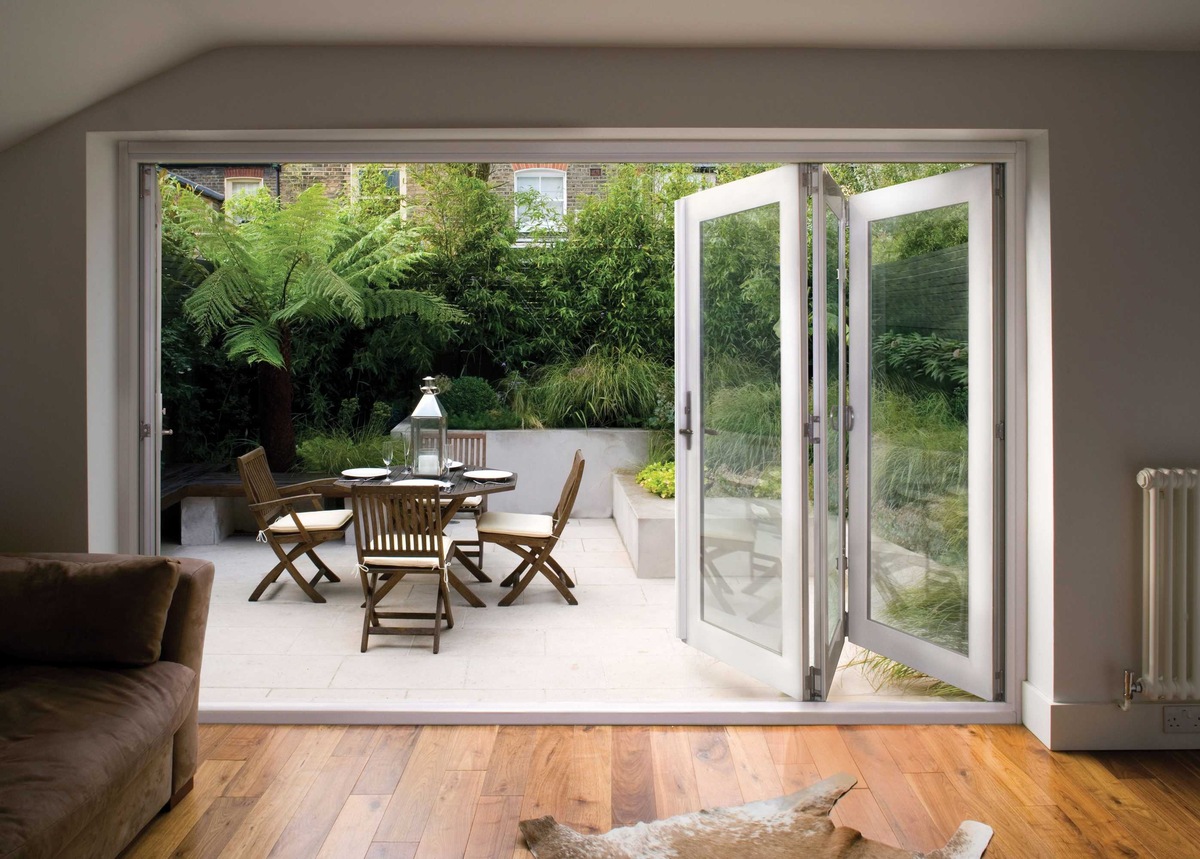


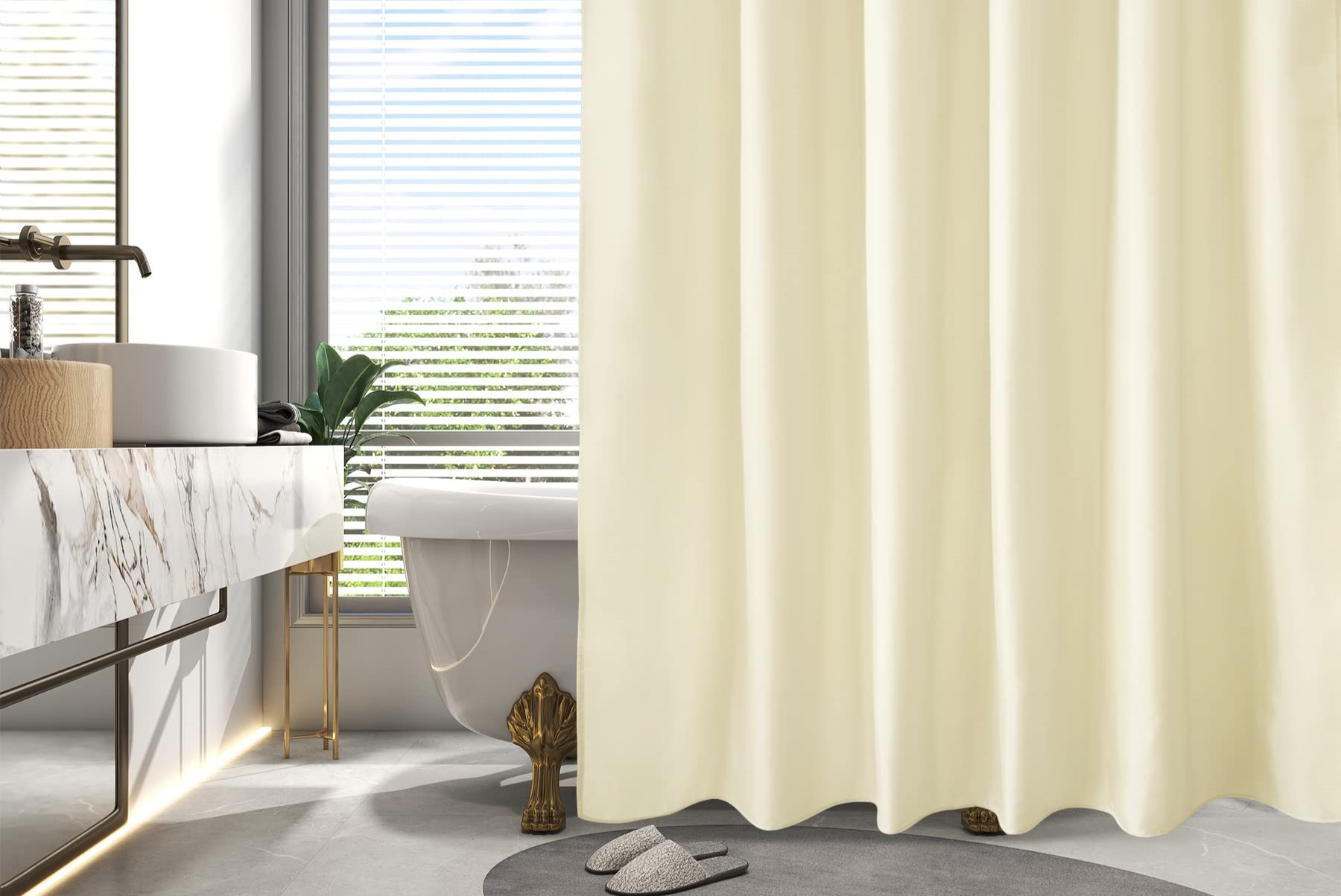


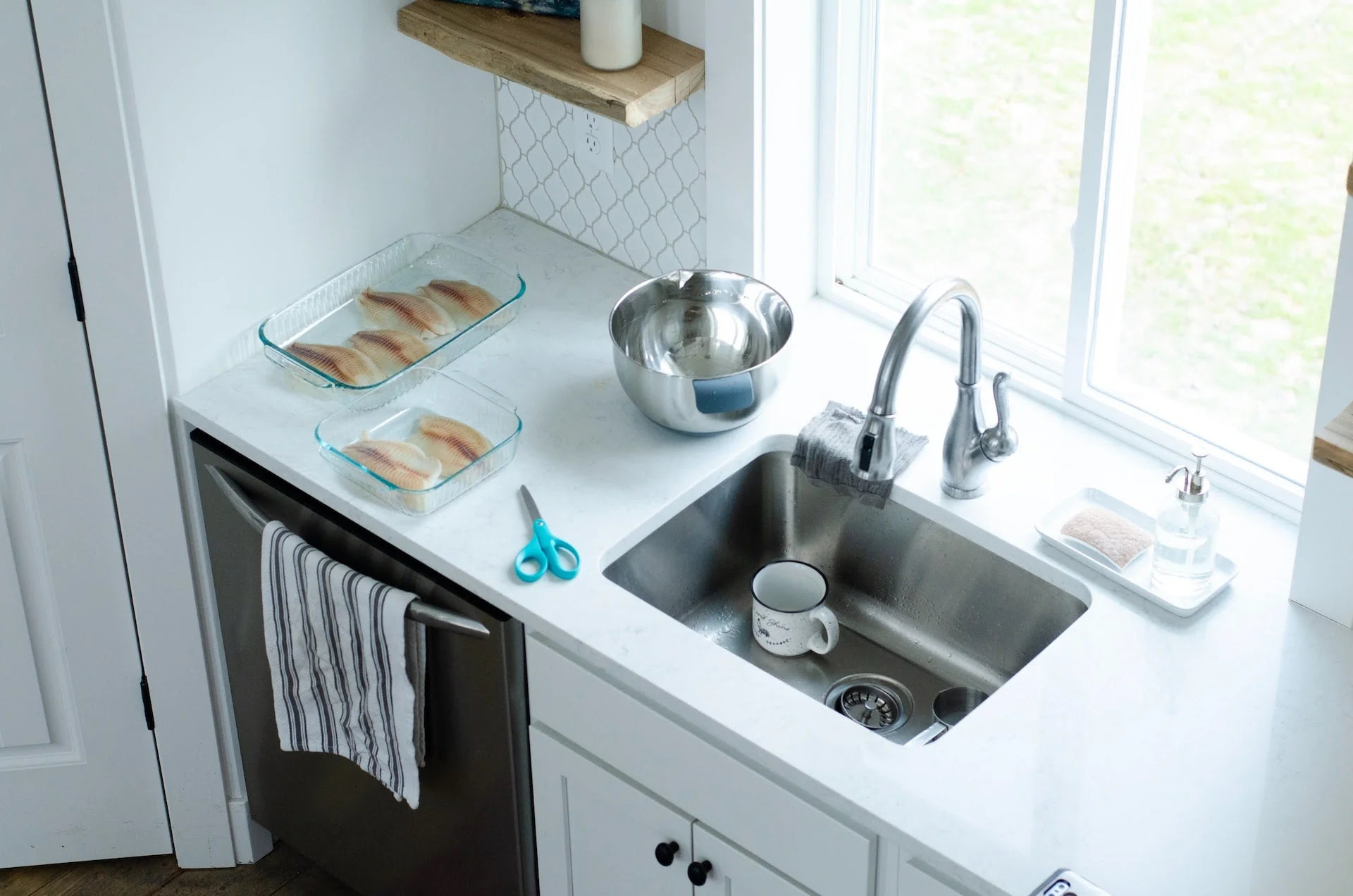
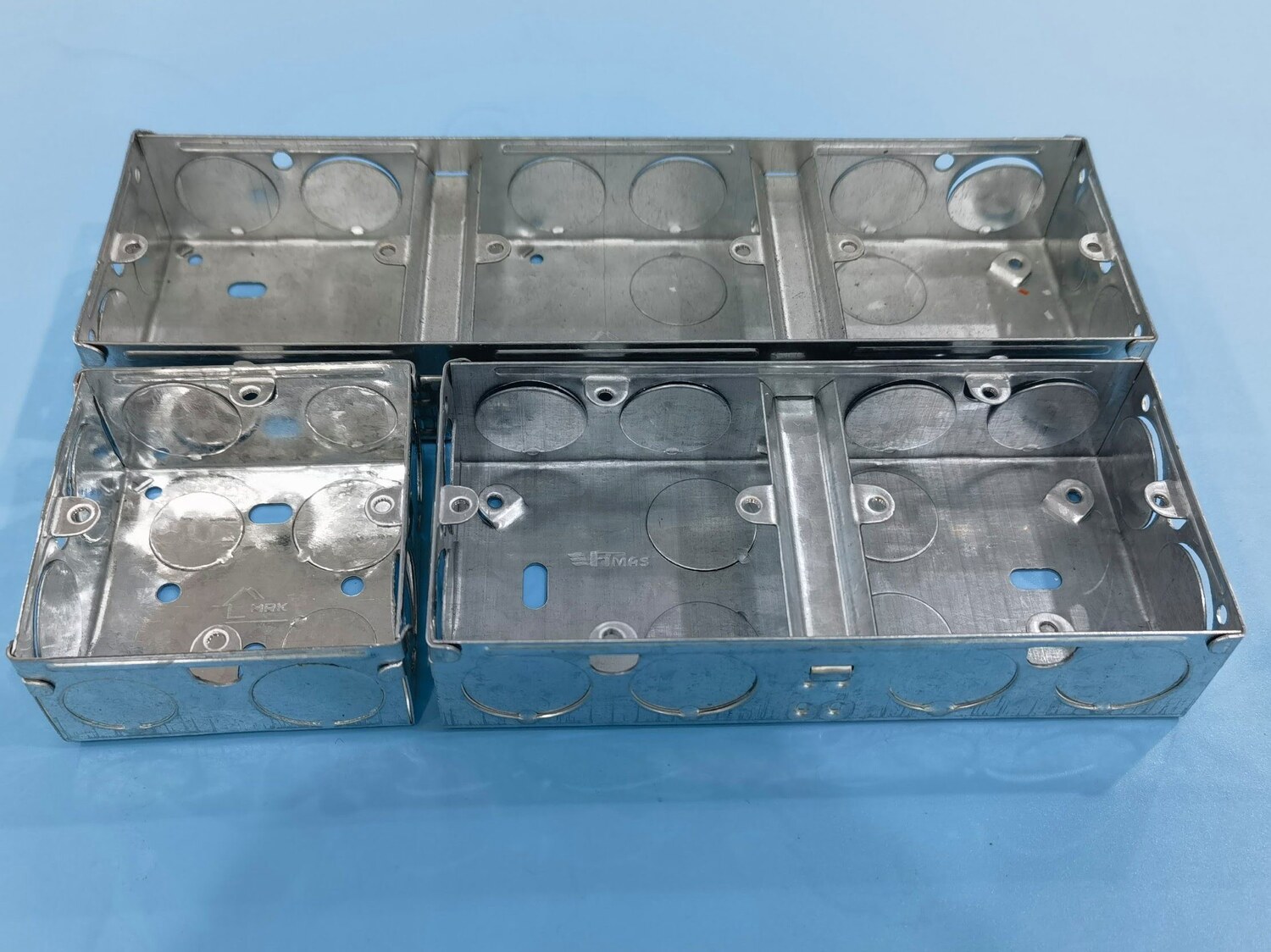


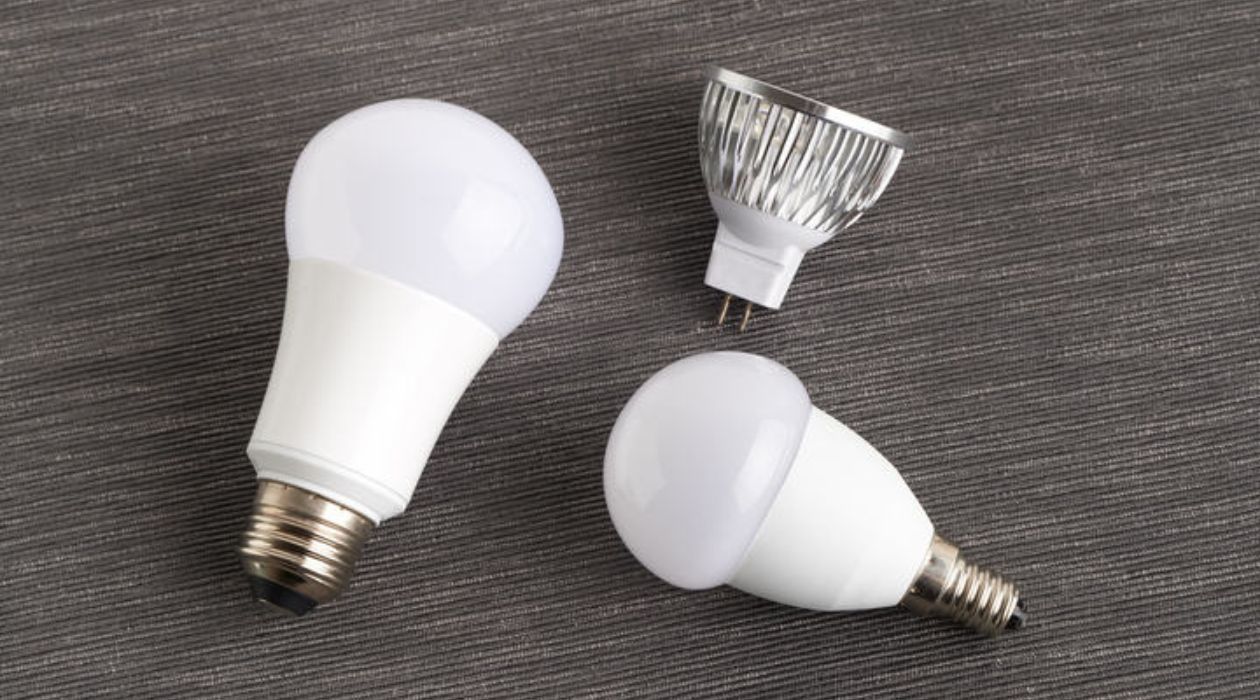


0 thoughts on “What Is The Standard Refrigerator Size”